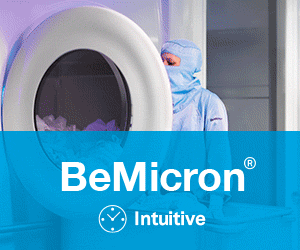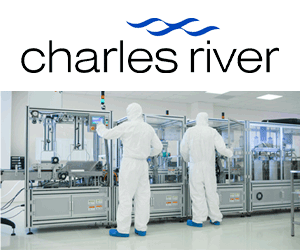Chemicals may be the conventional means of disinfection when it comes to food packaging but Claranor illustrates that for some applications pulsed light technology has additional benefits.
Pulsed light technology has existed in a lab environment for almost 40 years. Microbiologists have known of the effects of pulsed light on micro-organisms, but in the past there was no suitable testing environment that was sustainable and met industry standards. Today there is.
Based in Avignon, south of France, Claranor has been a provider of disinfection technologies since 2004, and in that short time has gathered the necessary skills to bring pulsed light technology to a range of applications. In particular it has developed systems for the sterilisation of caps, cups and packaging. It has also completed validation and qualification trials with independent laboratories, including the Fraunhofer Institute in Germany.
The company has completed many projects for industrial food, beverage and dairy product manufacturers and it also collaborates with equipment suppliers looking to integrate the technology into complete production lines, retrofit or new.
Such technology, supplied by the company, is already being used by international beverage and dairy production groups, such as Nestlé Waters and Lactalis.




